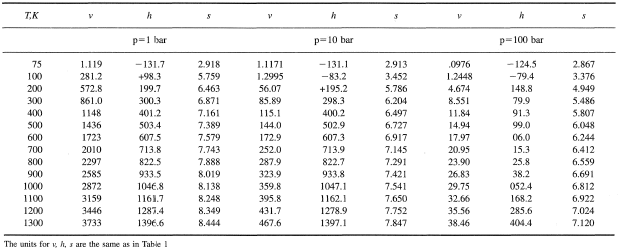

The lines that are shown in many illustrations are the paths followed by small volumes of fluids. When there is turbulence, the layers mix, and there are significant velocities in directions other than the overall direction of flow. Layers flow without mixing when flow is laminar. (credit: Creativity103)įigure 2 shows schematically how laminar and turbulent flow differ. If you watch the smoke (being careful not to breathe on it), you will notice that it rises more rapidly when flowing smoothly than after it becomes turbulent, implying that turbulence poses more resistance to flow. The smooth flow is called laminar flow, whereas the swirls and eddies typify turbulent flow. Smoke rises smoothly for a while and then begins to form swirls and eddies. From the geometrical changes, we determine the closure time of the hole and then convert the closure time to viscosity using simulations of fluid flow.Figure 1. The geometrical changes during and after poking a particle are recorded using a reflectance optical microscope equipped with a CCD camera. The needle is first positioned over the top of a particle and then moved down to poke the particle. The flow-cell is similar to the one used for the bead-mobility technique except it contains a small hole on the top of the flow-cell through which a sharp needle can be inserted.

Supermicron particles suspended on a hydrophobic substrate are placed inside a flow-cell with relative humidity control. Poke-flow technique combined with fluid simulations The bead velocity is then converted to viscosity using a calibration curve. We observe the velocity of the beads in the particles using a light-transmitting microscope. A continuous flow of N 2/H 2O gas is passed over the supermicron particles, leading to a shear stress on the surface of the particles and internal circulation of beads within the particles. The hydrophobic substrate with the particles is then placed inside a flow-cell with relative humidity control. Insoluble melamine beads (~1 µm) are then incorporated into the supermicron particles. We developed two such methods:Īerosol particles consisting of 20 - 50 µm in diameter are deposited on a hydrophobic substrate. Currently only a few methods exist for determining viscosities of aerosol particles. In addition, the amount of aerosol particles that can be collected in the atmosphere or environmental chambers is only a few milligrams. Moreover, we apply this new data to predictions of air quality, visibility, and climate.ĭetermining the viscosity of aerosol particles is challenging since the viscosities can range from 10 -2 to 10 12 Pa Using these techniques, we determine the viscosities of aerosol particles as a function of relative humidity. To quantify the viscosities of aerosol particles, we developed two new techniques, namely a bead mobility technique and a poke-flow technique combined with fluid simulations. However, information on the viscosity of these particles is required for accurate predictions of particle growth, mass and removal, all of which are closely connected to air quality and climate predictions. The viscosity of aerosol particles is a fundamental property that is currently poorly quantified.


 0 kommentar(er)
0 kommentar(er)
